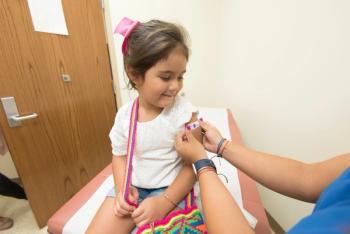
Understanding Recurrent Clostridioides Difficile Infection and Hospitalization
A large retrospective analysis of Medicare patients offers a glimpse of the incidence rates of this patient population and the burdens associated with it.
Looking at a large patient population, 20% of Clostridioides difficile Infection (CDI)-related hospital admissions, had rCDI as a principal diagnosis, according to a new study.
The findings were presented virtually at the
This was done through a retrospective analysis looking at Part A Medicare claims from January 2018 to June 2019. They had a total of 43,039 patients with 47,115 CDI-related hospital admissions, and 9472 admissions had rCDI.
Investigators looked at a variety of factors including length of stay (LOS), costs per admission, discharge status, outcomes, and in-hospital mortality.
Investigators found patients’ LOS was slightly longer for rCDI than non-rCDI admissions: 6.0 (5.7) vs 5.5 (5.1) days. In terms of the financial aspects, both charges and payment per claim were higher for rCDI than non-rCDI admissions (charges: $45,049 vs $41,141, and payments: $9811 vs $9166, respectively). For in-hospital mortality, there was 1.5% for the rCDI cohort and 1.9% for the non-rCDI cohort.
“ rCDI admissions resulted in higher inpatient costs than non-rCDI admissions,” the investigators wrote. “Thirty-day readmissions from any CDI hospital admission resulted in higher inpatient costs and in-hospital mortality burden than the initial admissions.
A greater understanding of how big the burden is with studies like this reinforce the need for stronger efforts. “Reduction of recurrence and prevention of readmission represent opportunities to lower the burden of CDI,” the investigators concluded.
Newsletter
Stay ahead of emerging infectious disease threats with expert insights and breaking research. Subscribe now to get updates delivered straight to your inbox.












































































































































































































































































